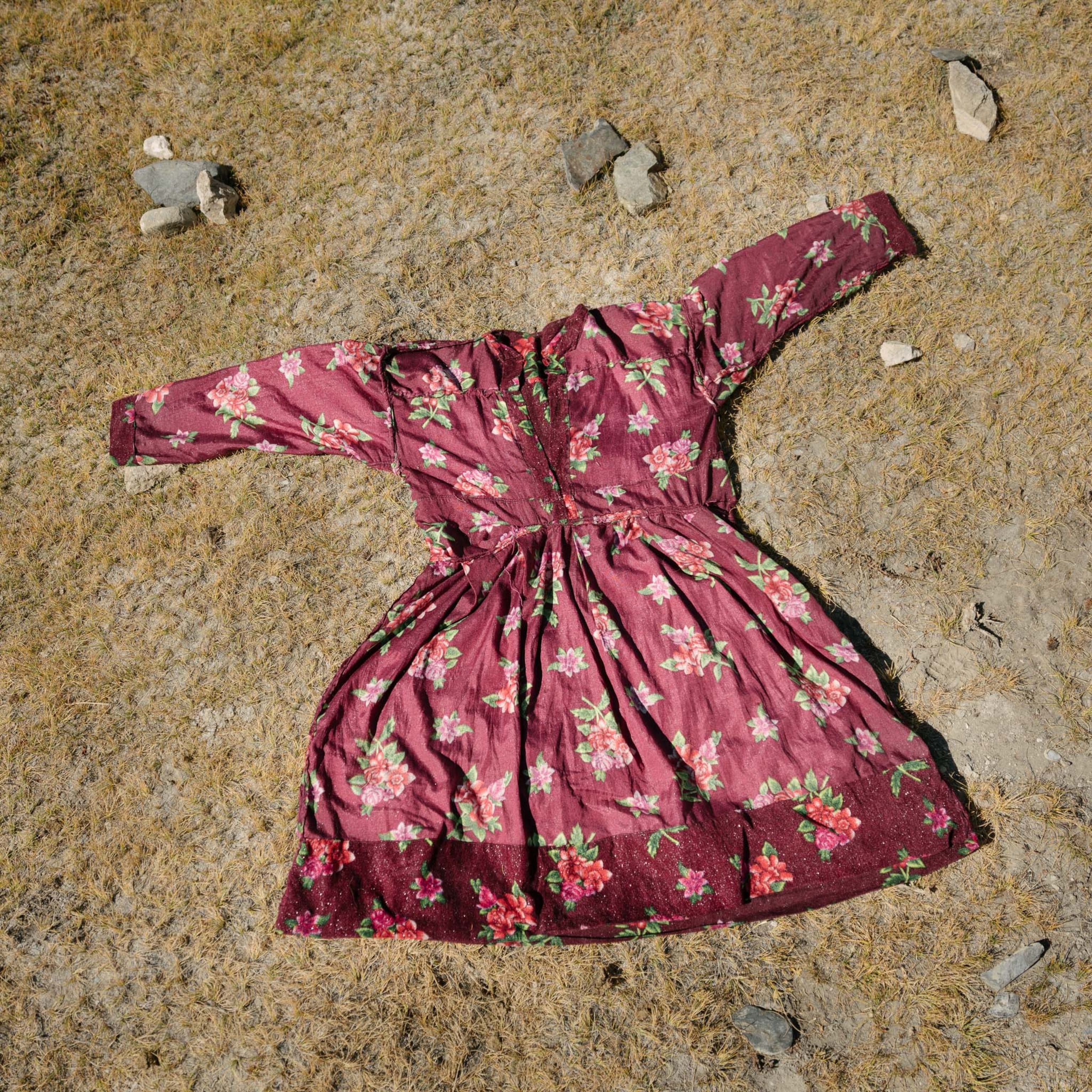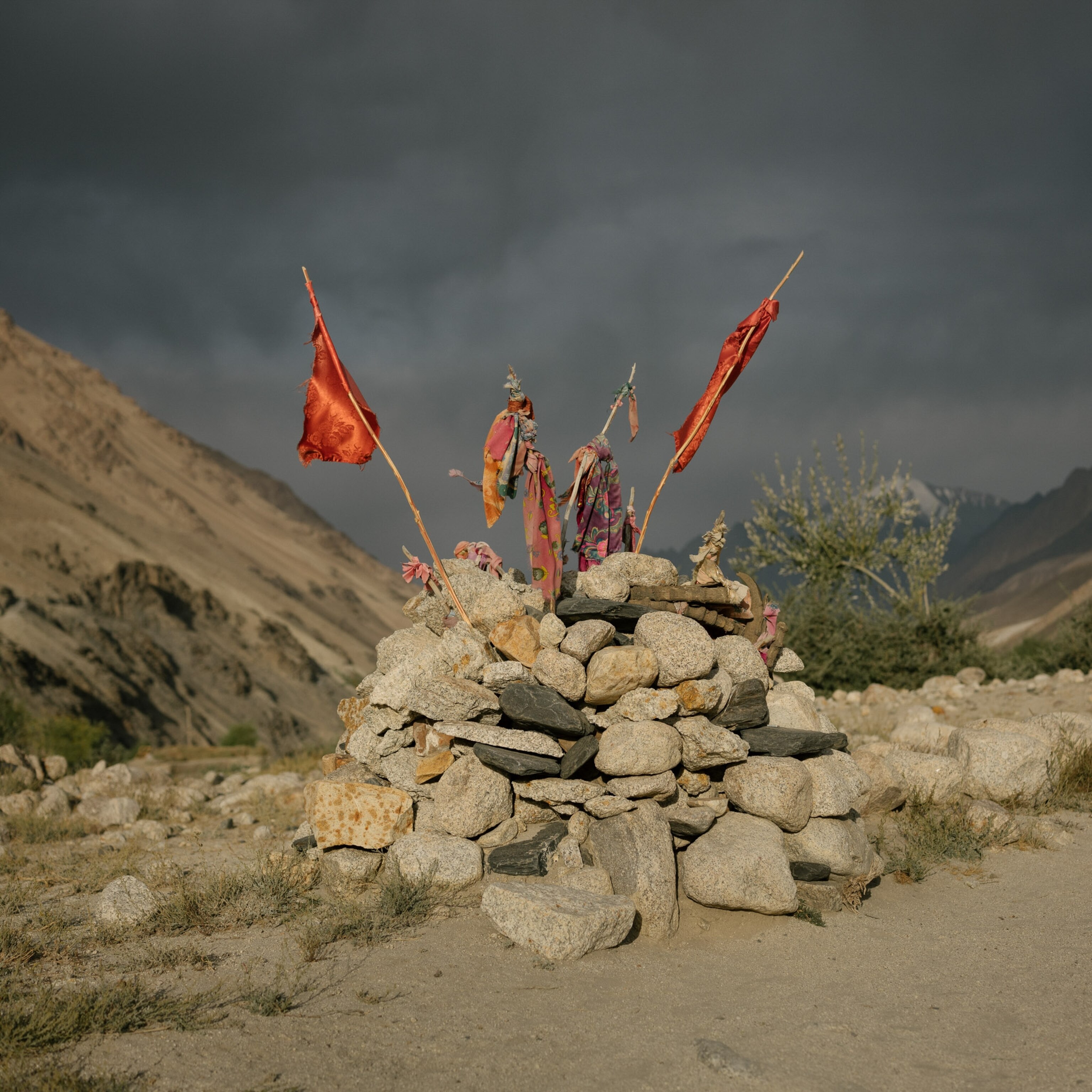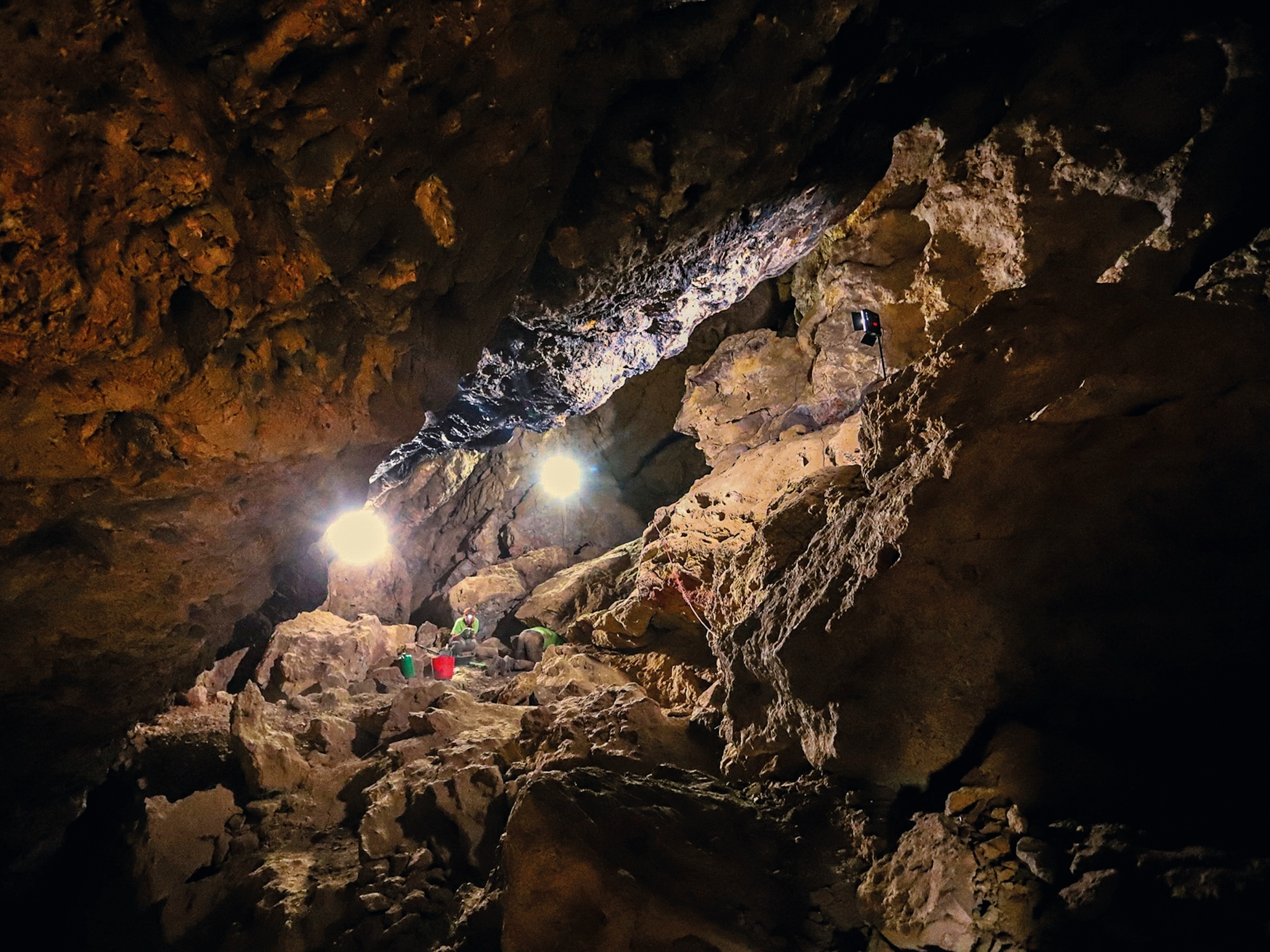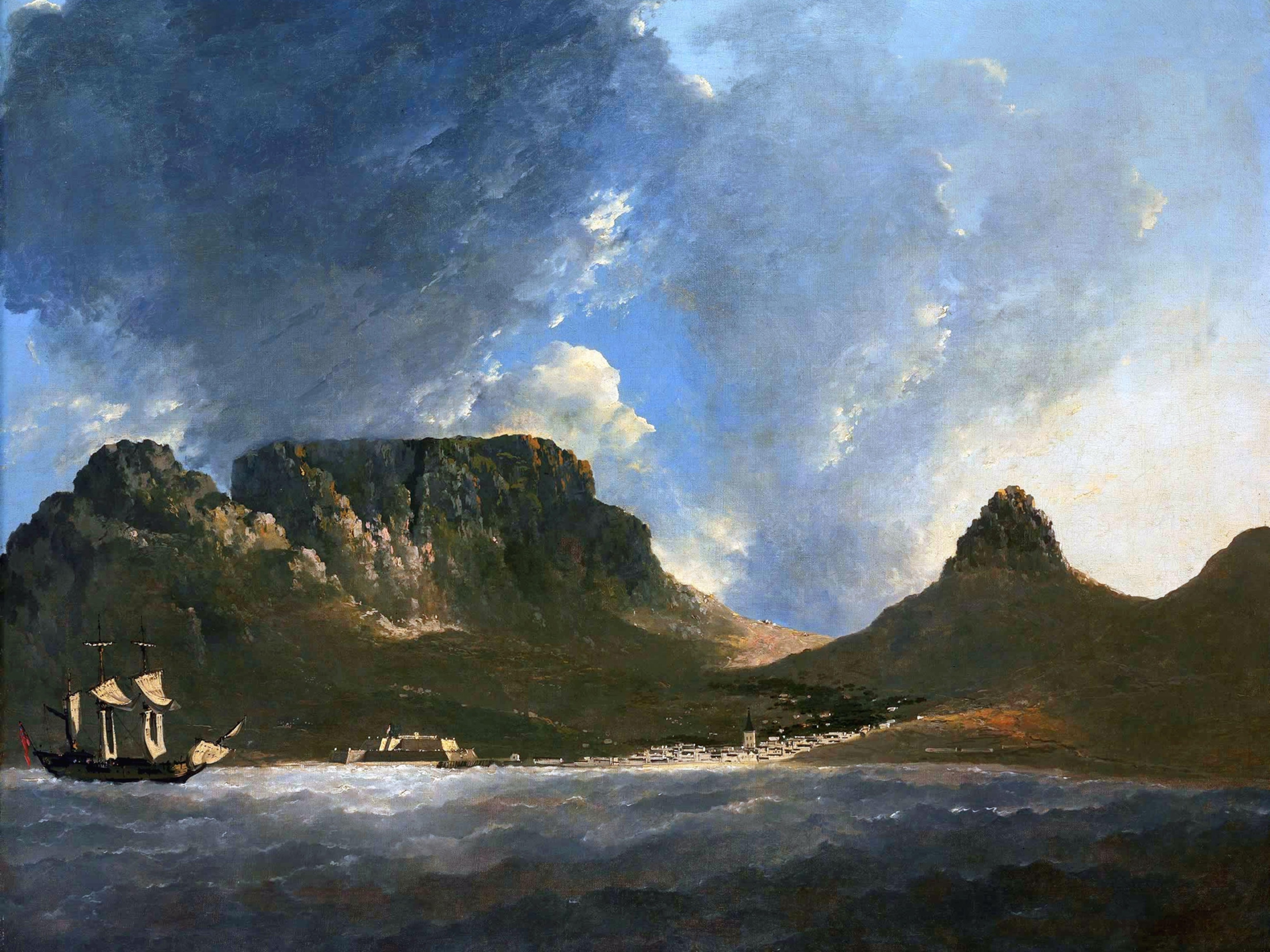Photos Show Poignant Hints of Vanishing Nomadic Lives
A trek across the wilds of Central Asia turns up mysterious and personal objects from a fading way of life.
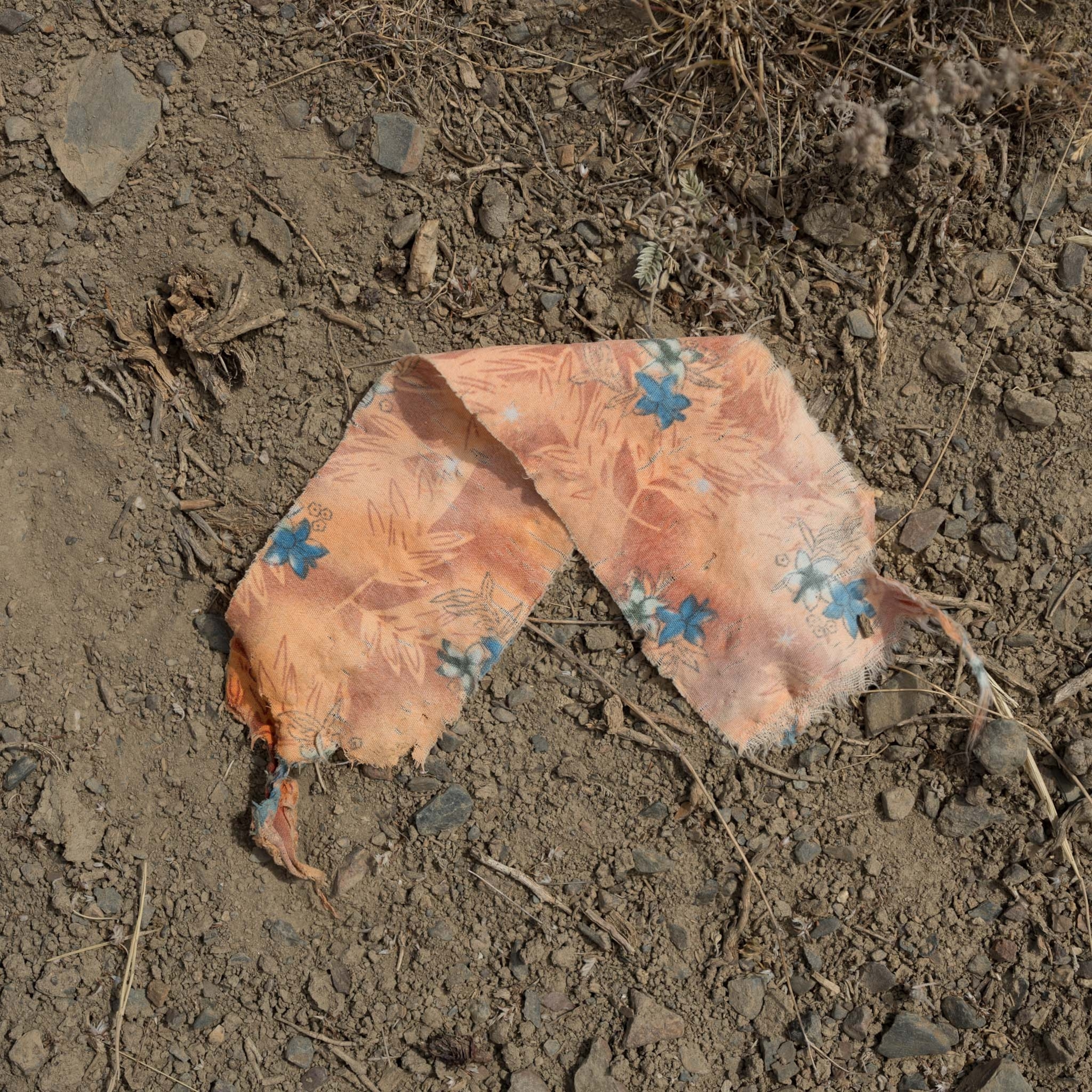
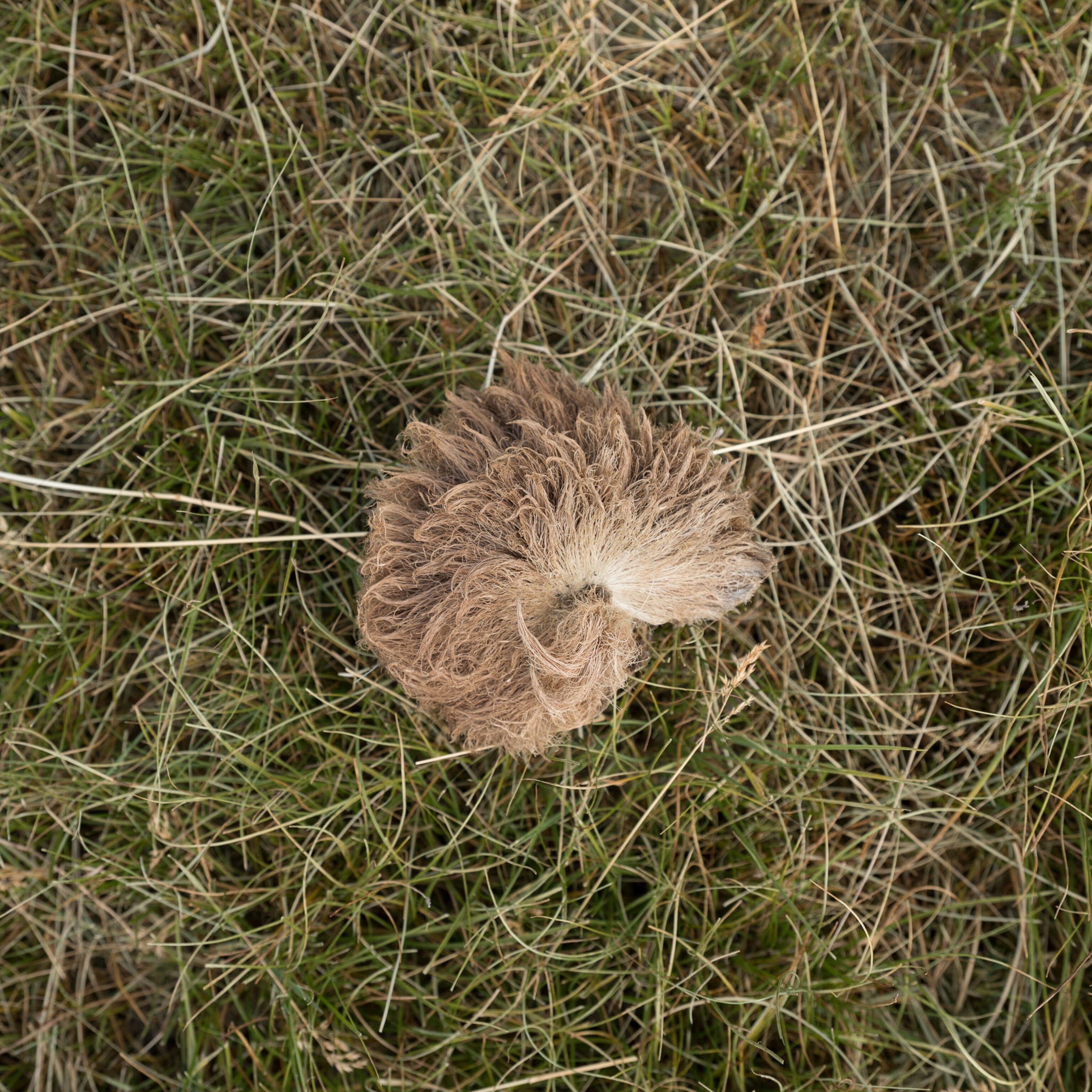
When you’re walking across the Earth for 10 continuous years—as I am on the Out of Eden Walk storytelling project—you get used to hopscotching around trash. Sadly, our beleaguered planet, as seen from boot level at the dawn of the 21st century, often resembles a tipped-over garbage can.
So it’s strange to encounter corners of the globe where a scrap of litter can actually comfort, captivate—and even inspire art.
The sparsely inhabited plains and mountains of Central Asia are one such place.
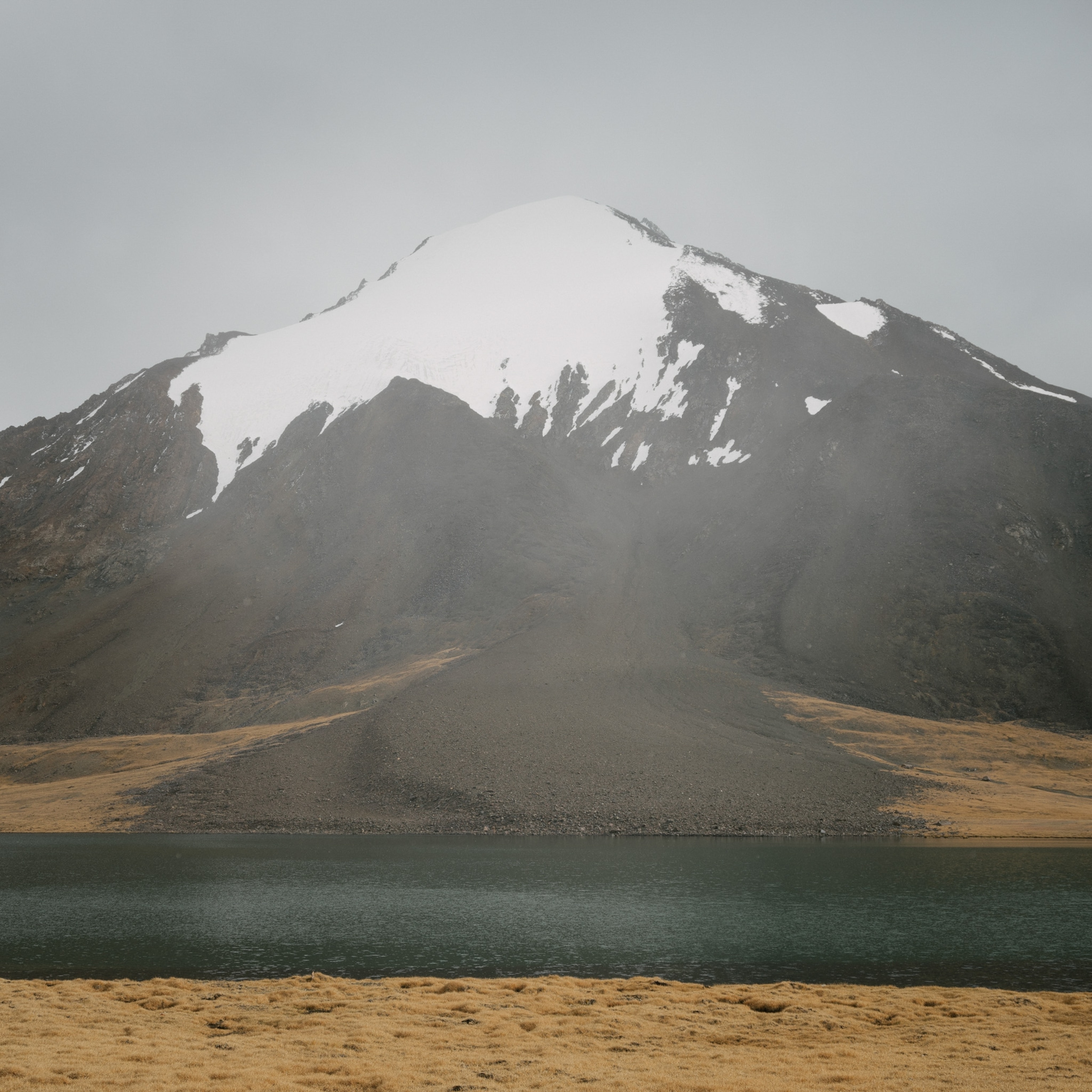


Trek five hot summer weeks across the green steppes of western Kazakhstan: When the eye falls on a cigarette packet rotting amid the sea of grass, the emotions zigzag from disgust to puzzlement to sheer wonder: Who carried this artifact into such emptiness? What were they doing when they tossed it? Were they ethnic Adai shepherds on horseback? (Read about Paul Salopek's trek along the Silk Road here.)
Was the wanderer who dropped a plastic saltshaker in the burning red dunes of the Kyzyl Kum desert of Uzbekistan a thirsty Khorezmian pastoralist?
And how could a sun-bleached polyester baby’s sock reach a 15,000-foot pass in Afghanistan’s unimaginably remote Wakhan Corridor? Did it fall from the foot of an ethnic Wakhi infant carried by his yak-herding mother?
Isolation on the walking trail, of course, can steep such relics of humanity with exaggerated meaning.
But it’s more than that.
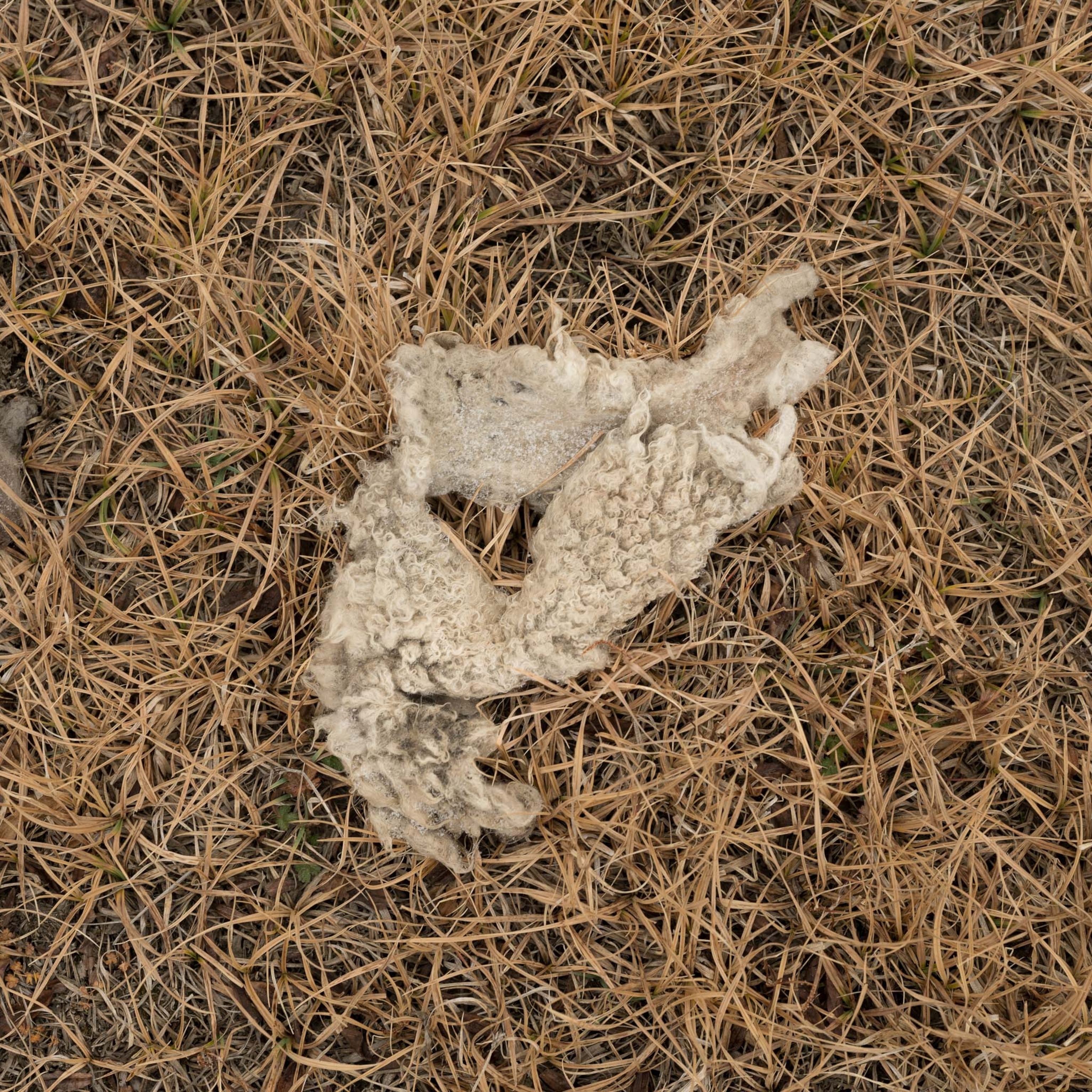
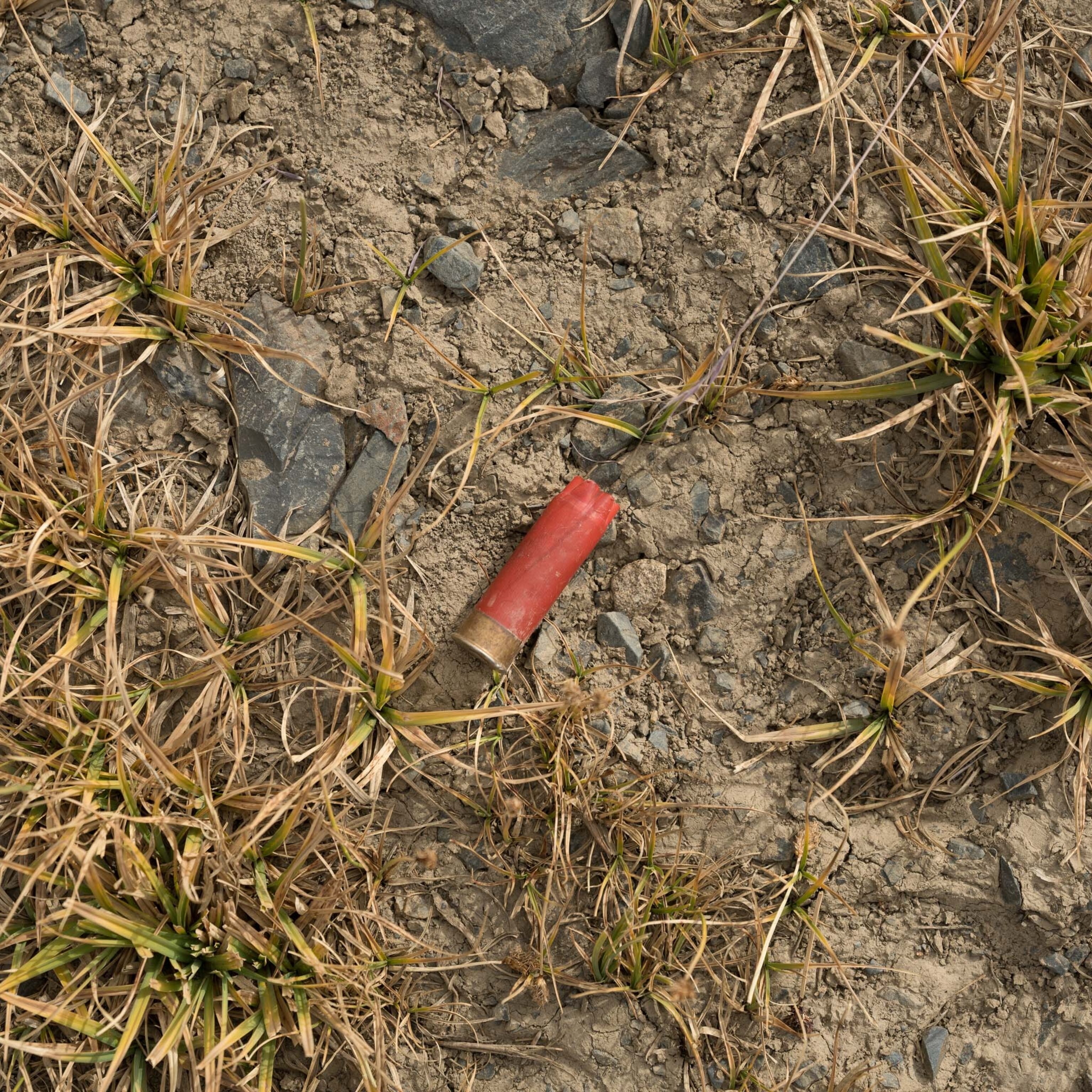
The scarce litter scattered in the Earth’s roadless spaces, as opposed to the tidal waves of waste generated in the industrialized world, generally hint at an equally rare and vanishing lifestyle: rambling animal herders, mobile people who still roam the globe the way humankind did in the Neolithic. Today the United Nations estimates that, at most, some 500 million people still survive on such ancient pastoral economies. That’s just 7 percent of the human family. And the ranks of the world’s remnant pastoralists are under increasing assault by agribusiness, climate change, and conflict.
National Geographic photographer Matthieu Paley has been noticing, documenting—and collecting—discarded nomad artifacts in the wilds of Central and South Asia for many years. During a recent assignment in the austere Karakoram and Hindu Kush ranges that cleave the frontiers of northern Pakistan and Afghanistan in the Wakhan Corridor, he frequently lowered his camera from panoramas of 20,000-foot peaks to refocus on what was lying right at his boot tips: a humble strip of polyester ripped from nomad girl’s sweater, a twist of worn rope, or a tuft of yak wool snagged from a passing caravan on the thorns of a wild rose bush.
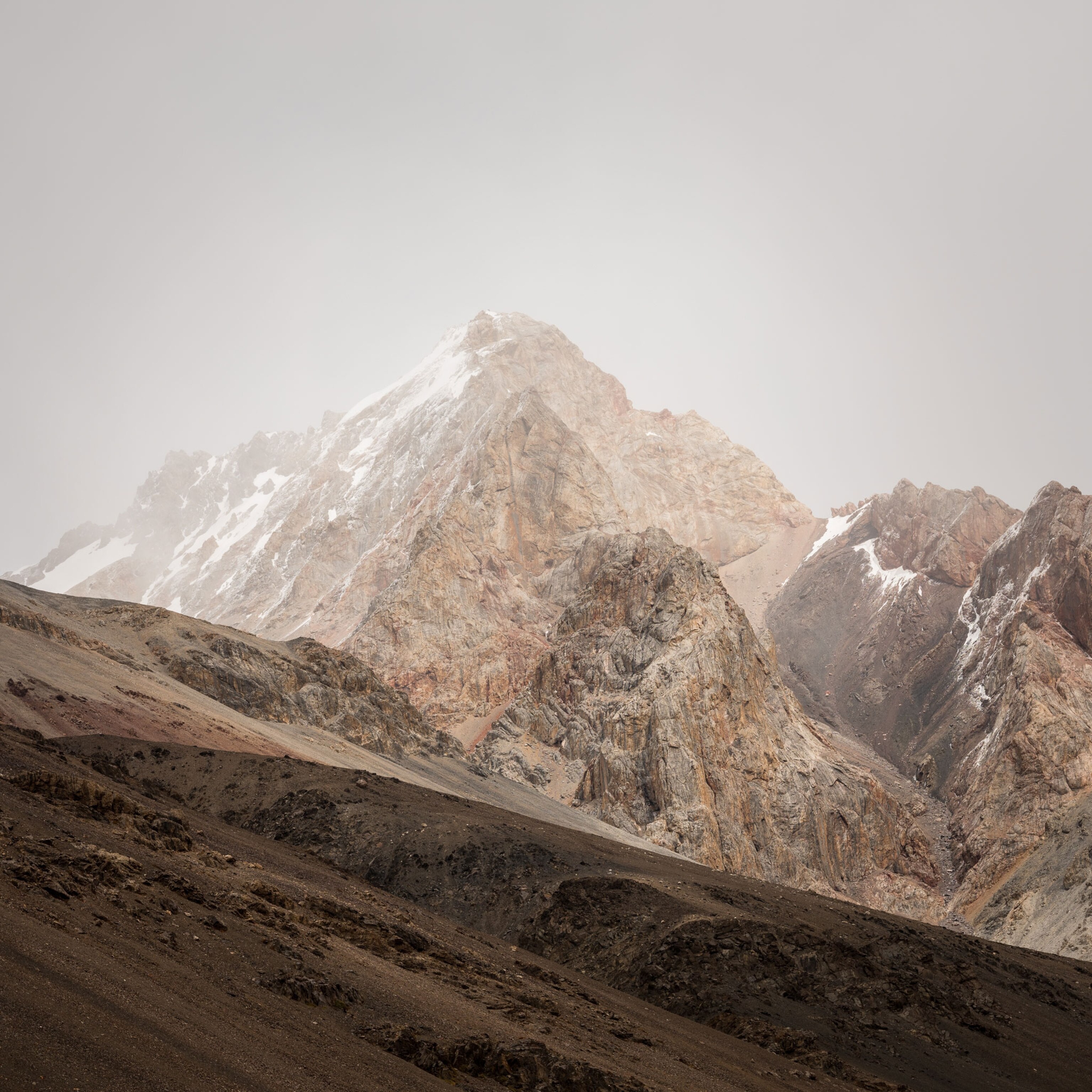

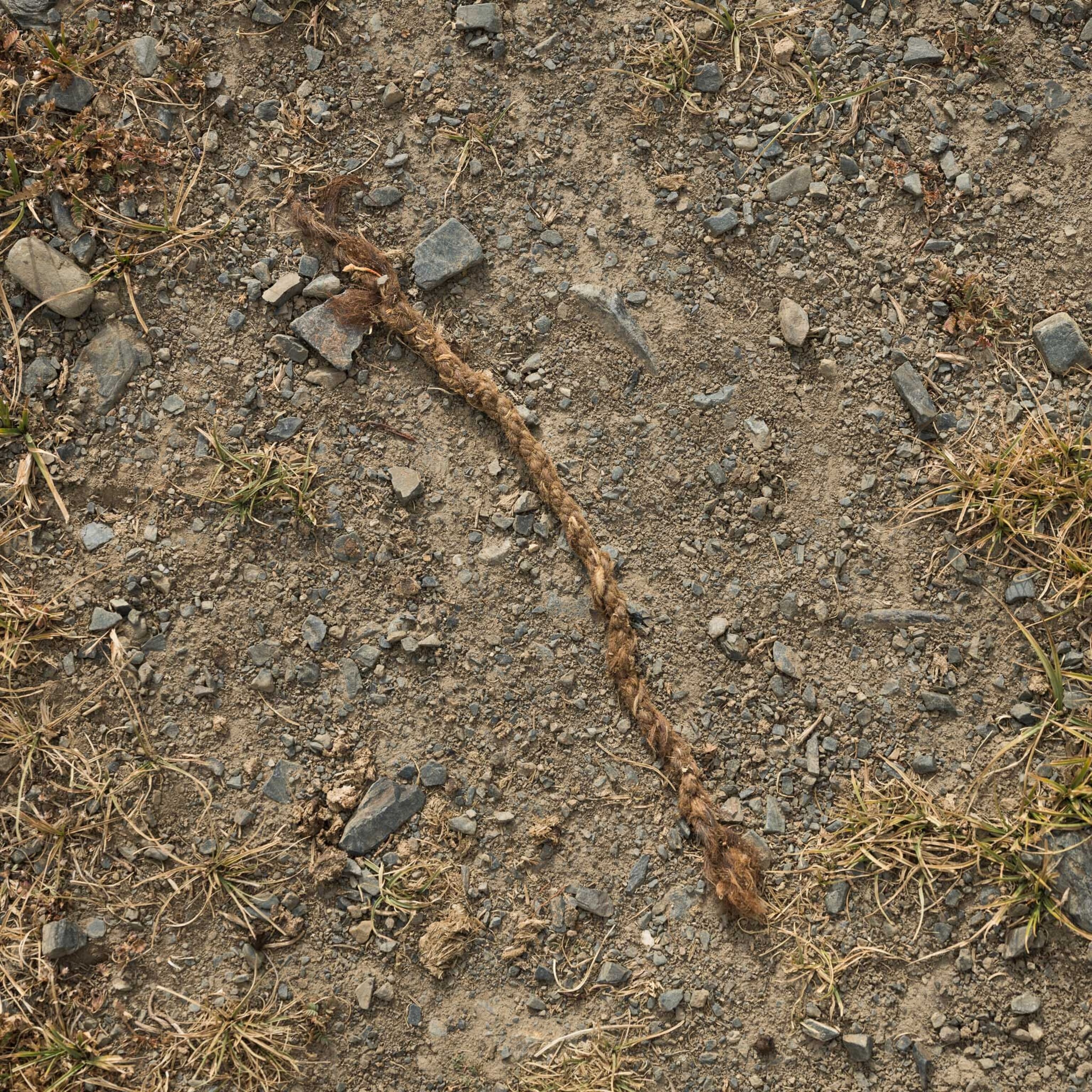
“I am driven by color a lot, and places like the Pamirs can be a bleak landscape,” Paley says. “You walk for days, and all the visual stimulation that you normally get back at home in the urban environment, it’s all gone. These little bits of color are maybe what link me back to the other over-stimulated world I usually live in.”
He also describes these random objects as form of connection to the shepherds who left them behind.
“These little colorful notes are like the bread crumbs in that Hansel and Gretel fable,” he says. “They help you to keep finding your way, like a treasure hunt. It also reminds me that I am not alone.”
